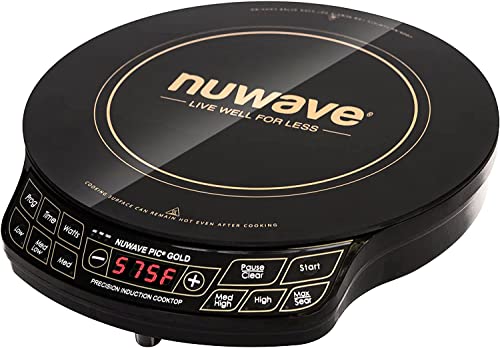- Joined
- Dec 12, 2010
- Messages
- 7,706
- Reaction score
- 56
The Flex panels may now be gone. This is everything I know:
I have a friend who bought three of the flex panels and the all literally had a hole burned into them from the sun. He sent them back to Renogy and Renogy said they wouldn't send him any back and instead sent him the hard framed ones.
My guess is they have found a fatal flaw and are off the market until they find a solution.
That is strictly a guess but I don't think you are going to be seeing any more soon.
Bob
I have a friend who bought three of the flex panels and the all literally had a hole burned into them from the sun. He sent them back to Renogy and Renogy said they wouldn't send him any back and instead sent him the hard framed ones.
My guess is they have found a fatal flaw and are off the market until they find a solution.
That is strictly a guess but I don't think you are going to be seeing any more soon.
Bob




















































































